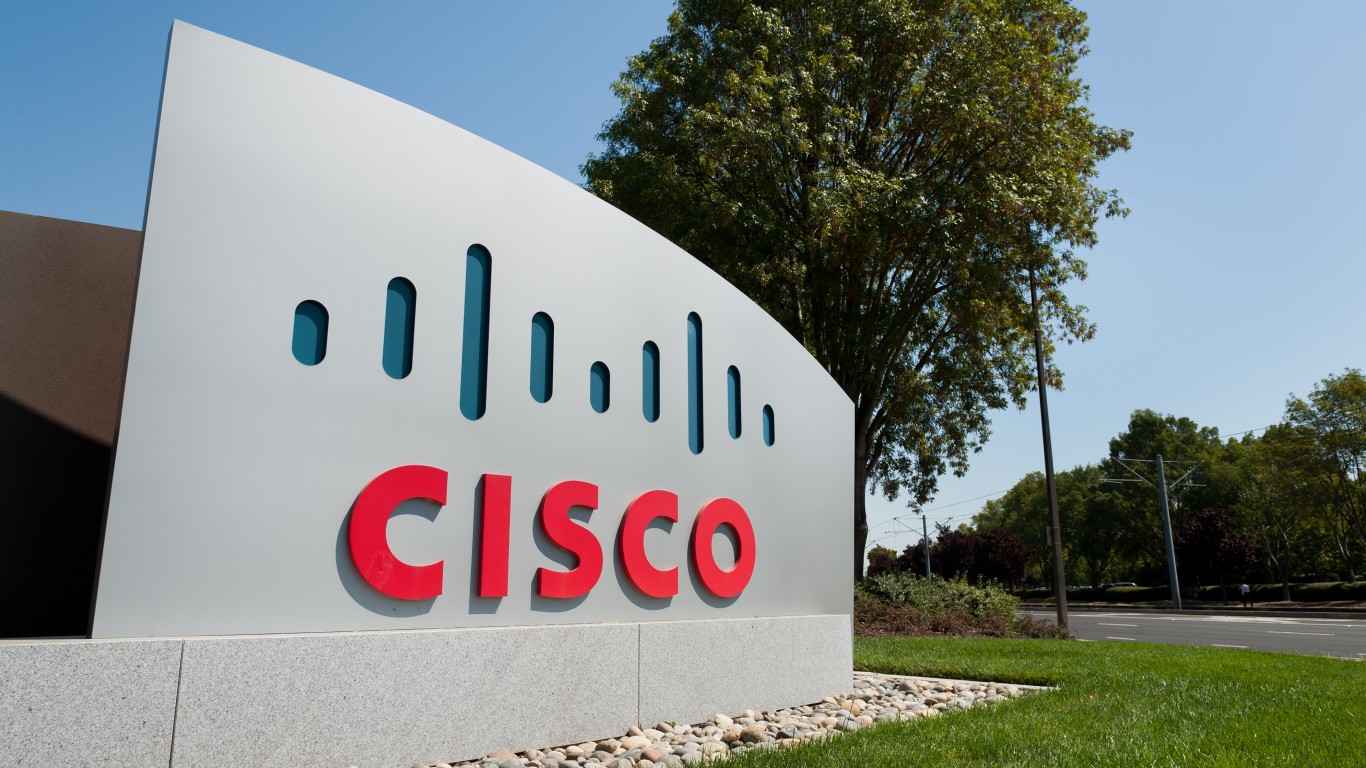
The three major U.S. equity indexes closed lower Monday. The Dow Jones industrials ended the day down 0.63%, the S&P 500 closed 0.89% lower, and the Nasdaq retreated 1.12%. Ten of 11 sectors closed lower, with real estate (−2.65%) and consumer cyclicals (−1.71%) posting the biggest drops. Health care (0.03%) stood alone with a tiny pickup.
The Bureau of Labor Statistics has released its producer price index (PPI) for October. Both PPI and core PPI rose by 0.2% month over month. That was a smaller increase than economists had expected. Core PPI came in at an annual rate of 5.4%, down from 5.6% in September and 6.2% in October of last year. The monthly report on retail sales is due Wednesday, while Thursday and Friday bring data related to new home construction and existing home sales in October. The weekly report on jobless claims is due Thursday.
The three major indexes traded higher in Tuesday’s premarket session, pushed up by the report on PPI and the solid earnings reports from two Dow stocks.
Before U.S. markets opened Tuesday morning, Walmart beat estimates on the top and bottom lines. Adjusted earnings per share (EPS) exceeded the consensus estimate by 13.6%, and revenue was up nearly 9% year over year. Walmart expects year-over-year holiday quarter sales to decline by 3% to 5% while revenue will rise by 3%. The company also announced a new $20 billion share buyback program. Shares were up by more than 7% in premarket trading.
Home Depot beat analysts’ consensus estimates on the top and bottom lines. The company reaffirmed previous guidance for the fiscal year ending in January. Home Depot expects adjusted EPS growth in the mid-single digits, in line with current estimates, same-store sales growth of around 3%, and operating margin of around 15.4%. Shares traded down less than 1% in Tuesday’s premarket.
Tencent Music posted better-than-expected profit and revenue totals. Shares traded higher by more than 10%.
Lowe’s, Target, TJX Companies and Zim Integrated Shipping will report quarterly results first thing Wednesday morning.
Here is a look at two companies on deck to report results after markets close on Wednesday.
Cisco Systems
Networking giant Cisco Systems Inc. (NASDAQ: CSCO) has posted a share price decline of nearly 22% over the past 12 months, including a drop of more than 27% for the year to date. As of Monday’s close, the tech sector is down 21.5% over the past 12 months, and the communications equipment industry, including Cisco, has dropped 16.7%.
One of the Dow stocks, Cisco’s strength (and perhaps its weakness) is a substantial backlog. On the one hand, that backlog can keep revenue flowing even if new orders lag in the current macro environment. On the other hand, backlog orders can be renegotiated or canceled.
Analysts remain somewhat bullish on Cisco stock, with 13 of 28 having a Buy or Strong Buy rating and 14 more rating shares at Hold. At a recent price of around $44.75 a share, the upside potential based on a median price target of $54.00 is 20.7%. At the high price target of $73.00, the upside potential is 63.1%.
For Cisco’s first quarter of fiscal 2023, analysts are expecting revenue of $13.29 billion, which would be an increase of 1.4% sequentially and up 3% year over year. Adjusted EPS are forecast at $0.84, up 0.7% sequentially and 2.4% higher year over year. For the full fiscal year that ends in July, analysts estimate EPS of $3.53, up 5%, on revenue of $54.1 billion, up about 4.9%.
Cisco’s stock trades at 12.7 times expected 2023 EPS, 11.7 times estimated 2024 earnings of $3.81 and 11.2 times estimated 2025 earnings of $3.99 per share. The stock’s 52-week trading range is $38.60 to $64.28. Cisco pays an annual dividend of $1.52 (yield of 3.39%). Total shareholder return over the past year was negative 19.4%.
Nvidia
Chipmaker Nvidia Corp. (NASDAQ: NVDA) has had a miserable year. Well, its stock has: down more than 45% for the past 12 months, and the 52-week high due to roll off later this month.
There are plenty of reasons to be concerned. Crypto mining has been sinking all year, and it will not pick up soon. The market for graphics chips is, if not saturated, at least well-supplied. Most importantly, the data center market has cooled off as inflation and recession fears weigh on customers. One bit of good news is that Nvidia just went into production on a data center chip for the Chinese market that does not run afoul of U.S. export restrictions. But that will not affect third-quarter numbers.
In any event, analysts remain bullish on the stock, with 30 of 43 brokerages rating the stock at Buy or Strong Buy. Another dozen have Hold ratings. At a share price of around $163.00, the upside potential based on a median price target of $200.00 is about 22.7%. At the high target of $320.00, the upside potential is more than 96%.
For Nvidia’s fiscal third quarter, which ended in October, analysts expect revenue of $5.82 billion. That would be down 13.2% sequentially and by 22.0% year over year. Adjusted EPS are forecast to rise by about 38% sequentially to $0.70, a drop of more than 40% year over year. For the full 2023 fiscal year ending in January, analysts estimate EPS of $3.35, down 24.4%, and revenue of $26.98 billion, up just 0.2%.
Nvidia stock trades at 48.6 times expected 2023 EPS, 36.7 times estimated 2024 earnings of $4.44 and 29.6 times estimated 2025 EPS of $5.50 per share. The stock’s 52-week range is $108.13 to $346.47. Nvidia pays an annual dividend of $0.16 (yield of 0.1%). Total shareholder return for the past 12 months was negative 45.7%.
Thank you for reading! Have some feedback for us?
Contact the 24/7 Wall St. editorial team.



